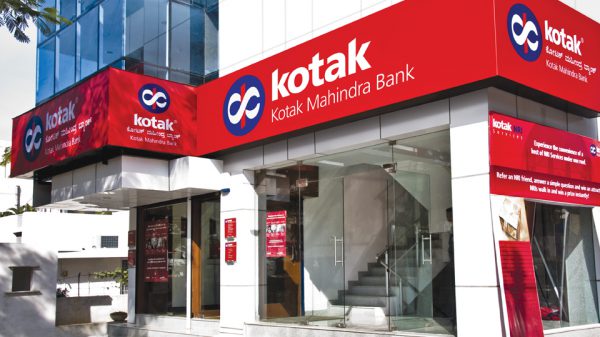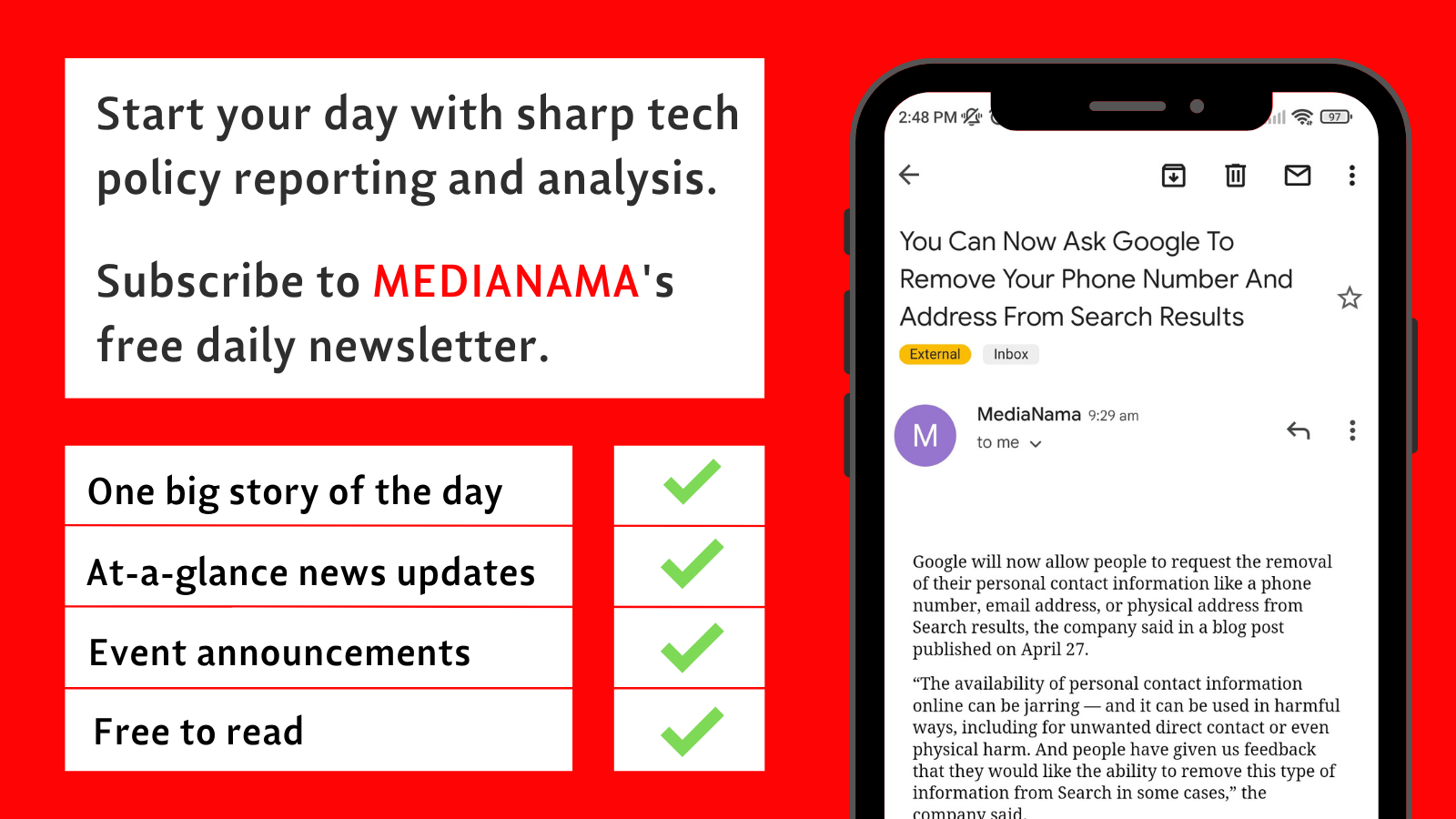Before the release of the Draft Indian Telecommunication Bill, 2022, Reliance Jio had recommended a ‘convergent’ telecom law to the Department of Telecommunication (DoT) which would regulate over-the-top (OTT) services as well. This recommendation, along with several others, was sent in response to comments invited on DoT’s consultation paper “Need for a new legal framework governing Telecommunication in India”. As the name suggests, this was released before the draft telecom bill.
The IFF pointed out that the government received 500-pages worth of responses but did not make them public. However, Entrackr was able to obtain those documents through an RTI and shared them with us. Below are some of Jio’s major recommendations:
FREE READ of the day by MediaNama: Click here to sign-up for our free-read of the day newsletter delivered daily before 9 AM in your inbox.
- Convergence of OTT, broadcasting and telecom: The new telecom law should regulate terrestrial and satellite-based communication services, broadcasting services, over-the-top (OTT) services, cloud-based services and other digital services. It should be “comprehensive” and encompass services beyond what is mentioned above.
-
- Why OTT services should be a part of the telecom law: “The technological developments during the past 20 years have provided high speed data networks/Internet which has enabled the provisioning of communication and content service Over the Top (OTT). While all communications services including OTT services are at par with facility-based Internet and communication provided by the licensed operators, the present licensing framework and regulation have not included OTT services in the licensing and regulatory regimen till now.
- What the draft bill says: Has incorporated this input, as the definition of ‘telecom services’ is very broad. It includes e-mails, broadcasting services, video and voice data communication services, internet and broadband services, internet based communication services, interpersonal communication services and over-the-top (OTT) communication services.
- Address data protection and data localisation: We, therefore, are of the opinion that the outcome of this Consultation Proœss should result in developing of converged law and regulation for telecommunications (both terrestrial and satellite communication), broadcasting and Digital and shall also address the legal and regulatory issues related to data privacy, data protection, cyber security and other security issues.
- What the draft bill says: The draft bill does not have any specific provision on protecting users’ privacy, data protection or data localisation. However, it says the Central Government may prescribe measures for the protection of users from ‘specified messages’ (like promotional messages).
- Address National security and public safety concerns with OTTs: “…for addressing situations related to public emergency, public safety, and national security, it is essential that all modes of digital communication are dealt with uniform regulations and there should not be any discrimination based on the underlying technology/network.”
- What the draft bill says: Subjects all ‘telecommunication services’ to provisions of interception and suspension under certain circumstances (like for the security of India etc). As the definition of ‘telecommunication services’ includes several internet-based services, they will be prone to interception and suspension of services as well.
- We would like to highlight and stress that while the telecom network provides the underlying connectivity for the transfer of data, the consumer interface and data management are done by the OTT applications riding over the network layer. In various domains, such as education, or entertainment, or tele-medicine, or facilitating e-mandis, or maps it’s the OTT apps that collect, process and control the user data. Hence the regulations to protect the interest of the users should be focused on the OTT. — Jio’s comment
- Avoid retrospective modification of terms: The consultation paper rightly captures that the terms and conditions will not be modified with retrospective effect to the detriment of the relevant entity. However, they should not dilute any obligation of relevant entities in payment of government dues like license fees, penalties, spectrum usage charges, etc.
- What the draft bill says: Concurs with not modifying the terms retrospectively, “The terms and conditions referred in sub-section (1) (deals with licensing of telcos) shall not be modified with retrospective effect to the detriment of a licensee, registered entity or assignee except in exercise of powers under Sections 24 (which allows the Centre to intercept or take possession of telecom services) and 25 (deals with suspension of telecom service and more) of this Act”.
- Spectrum Management: The spectrum management process has improved a lot, however, the new rules should be very precise and should not allow any scope for interpretation.
- Continue online auction-based spectrum assignment: We note that the spectrum assignment is not being done through a combination of policies and court orders, as mentioned in the consultation paper. The shift from “administrative assignment” of spectrum to online auction-based spectrum assignment has allowed for efficient use of spectrum. “Hence all spectrum assignments including for terrestrial communication, microwave access & backhaul, broadcasting and satellite communication should be continued to be done only through auction-based spectrum allocation.” — Jio’s comments.
- Assign spectrum through auction process only: The existing spectrum policy allows the government to retain rights to repurpose frequency range for a different use and re-arrange a frequency for efficient use of spectrum as a part of the administrative process. This should not be incorporated in the new legislation, said Jio. “All spectrum for commercial services/commercial use such as access services/ MWA/MWB/E-Band/V-band/Satellite services should be allocated through a transparent auction process only.” Spectrum for research institutions should also be charged at commercial rates but for agencies such as police, defence, fire, etc, the government may administratively assign spectrum.
- What the draft bill says: The draft telecom bill empowers the government to assign spectrum through auction, and administrative processes (for governmental functions or purposes in view of public interest or necessity). However, the draft also says that the government may undertake spectrum auctions “in any manner as may be prescribed”.
- Insolvency: “It should be ensured that in no situation any pending liability, viz. government dues should be written off through a statutory provision specifically for telecommunication sector under the guise of ensuring sufficient competition in the sector or in the public interest. For writing off any liability procedure prescribed under General Financial Rules 2017 may be followed.”
- What the draft bill says: In contrast to Jio’s recommendation, the draft provides the Central government with the power to waive any fee including entry fees, license fees, registrations fees or any other fees or charges, interest, additional charges or penalty or damages payable by a licensee, registered entity, assignee.
- Right of Way (RoW) reforms: The government proposed several changes to fastrack the RoW process.
-
- “Implementation of the Central and State RoW policies must be enforæd across all local bodies”.
- “RoW for Telecom Infrastructure should not be the source of revenue generation for Municipalities / Local bodies but to be perceived as an enabler providing derived revenue generation opportunities through the gambit of services offered.”
- The cost of RoW should be standardised in line with the Central Gazettes.
- The government has to take steps to address the problem where RoW permission is accorded under the “overlapping regulatory ambit of multiple authorities and state/central establishments” like a municipal corporation, state government, Airport Authority etc.
- What the draft bill says: The draft bill provides provisions to ease the RoW process for telcos. Ashwini Vaishnaw said this will reduce the process of getting RoW approval to 6-7 days. The draft mandates that any facility provider has to submit an application to a public entity to seek RoW permission. The entity is required to grant permission in an “expeditious manner” and can only reject the application on “substantive grounds“. Also, the Union government has the power acquire right of way to facilitate permissions for the entity to operate and maintain such telecommunication infrastructure in case the owner of the property does not provide permission. But the central government will have to determine that it is necessary to install such infrastructure in public interest, Medianama had reported.
Update: The story was updated on November 11th, 2022 at 5:05 PM to include a link to our story on DoT’s previous consultation paper
This post is released under a CC-BY-SA 4.0 license. Please feel free to republish on your site, with attribution and a link. Adaptation and rewriting, though allowed, should be true to the original.
Read more:
- Amend Preamble, Clarify Definitions: IFF’s Comments On The Draft Telecom Bill 2022
- AIC Says No To ‘Same Service, Same Rules’ In Comments On The Telecom Bill 2022
- Reliance Jio Shares Thoughts On The Draft Telecom Bill, And They’re Worth Noting!
- Indian Telecommunication Bill 2022: What Are The Government’s Powers To Intercept Messages And Suspend Internet?






























